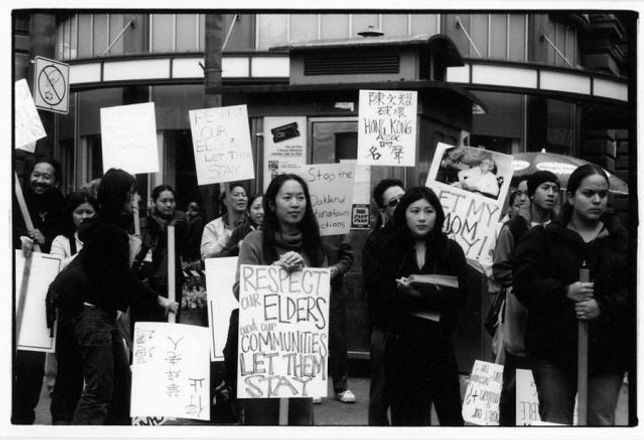
Chapter 1 Reflection
Ethnic Studies
Contemporary Asian American Activism is a great resource to see how movement building works and what we can do to support it. Although I am heavily involved with organizing, the effects of mass incarceration on AANPHIs was education that I never received. To me, Asian American is a complex term, especially after the video we watched. It is interesting how, in the U.S., we attach our racial identity to our nationality. Labels make it harder to understand our identity and can often leave us in a complex situation.
This book has amazed me. The political education, resistance, and organizing that has been done is amazing. I have oftentimes found that missing within communities that I identify with. In the South Asian community, and many other communities of color, people are more inclined to policing and incarceration of people. I oftentimes wonder why they rely on such institutions and if their home country has a role in that. The organizing that has been done within prisons is amazing. In a way, we have much different in our organizing than previous historic movements. Organizing is important, especially in places that are unjust.
One thing that stood out to me is the statistic on the fourth-grade reading level. I remember reading that the number of students who could not reach the literacy rate for fourth graders were how prisoners were calculated for the future. The prison-to-school complex strikes once again. It also amazes me how well the organizing within prisons went. Outside of prisons, in schools, we still do not have Ethnic Studies and we are fighting for that (alongside the campaign with Rising Voices and other organizations who are helping). Because ethnic studies and culturally competent education would improve our communities, and build our communities, it is something that the folks upstairs want to gatekeep and hide away. They do not want us to be liberated. They do not want us to be organized. That is important to remember when we educate ourselves and learn about our identity.

Chapter 2 & 3 Reflection
The Importance of Healing & Organizing
These two chapters were heavy–the pages were absolutely filled with much knowledge that information took a while to absorb. I truly admire the organizers highlighted in these chapters. I have learned a lot and grown a lot, even in a short amount of time, by reading the history of our fellow AANHPI community that have been on the ground doing work. It is beyond inspirational.
As organizers, we hold many values critical to our work and bodies. Each individual organizer who envisions abolition in the future must know that healing and joy are essential to the movement. That is what was shown in Chapter 2. Our communities have worked relentlessly for their rights from time to time. The movement is never-ending and issues arise every now and then. Though these issues intersect with the movement, they are tiring and exhausting to our communities. And to remain rooted in our identities, in our communities, and in our safe mental space, we must acknowledge the land we occupy and utilize healing practices from and restorative practices from Indigenous peoples that we have come across. To organize is to heal, and to heal is to feel joy.
The third chapter resonated with many of my thoughts and it also helped me reflect on Black-Asian solidarity during uprising protests in the summer of ‘21. I live in Detroit and gentrification is not new to this city. I, too, wonder about the history behind tenants, especially black tenants, in the city of Detroit who was displaced due to gentrification. It is no doubt that what is now called Downtown and Midtown were communities to BIPOC identities that filled the city. They were displaced and evicted out of places they called homes. I was saddened to read that landlords teach other landlords ways to evict current tenants in order to bring in folks who moved to the city for tech opportunities. Detroit is a great example of how our city has shifted due to gentrification and its history is one that I would be interested in learning.